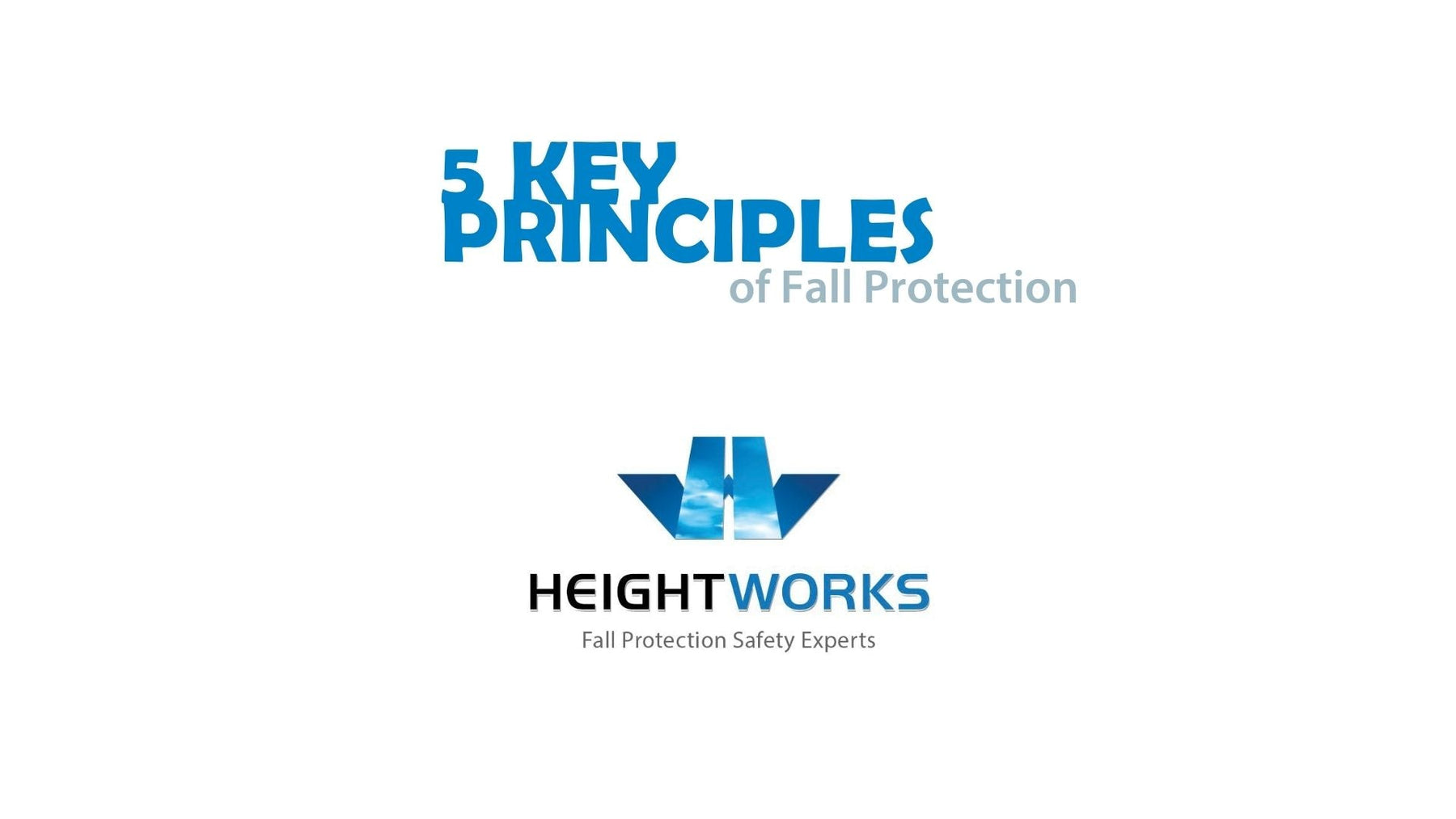With over 10,000 orders

How To Practice The 5 Key Principals Of Fall Protection

1. ELIMINATE
Ask yourself, can you design out the hazard or eliminate the reason for being near the hazard?
A simple example could be washing second storey windows. In this example Company A uses an extension ladder to get the window washer to the work area, while Company B washes the same windows using an extension pole with the worker standing on the ground.
Which of the above described situations do you think is the safer solution?
2. PREVENT AND/OR GUARD
So, if you can’t eliminate the hazard the next step is to prevent and/or guard the hazard. Prevent workers from reaching a fall area using guardrails, physical barriers (fence, wall, parapet, etc), or delineation (markers, control zones, etc).
3. RESTRAIN
But if guardrails and physical barriers are not practical then consider to restrain using a fixed length lanyard and harness to create a travel limiting system.
4. ARREST THE FALL
If its not practical to use any of the above three options then the fall must be arrested using a fall arrest system or safety netting.
5. PROCEDURAL CONTROLS
As a last resort, ONLY if none of the above can be used, and ONLY by approval from OH&S, should your organization consider implementing procedural controls for specific, defined steps for working near a fall hazard.
Should you have any further questions about how your organization can better practice the Five Key Principals of Fall Protection, click on the below link to connect with a fall protection safety specialists from Height Works today. Our specialists can perform a site visit to assess which of the above principals correctly meets your specific needs and/or application
CONTACT A HEIGHT WORKS FALL PROTECTION SAFETY SPECIALIST TODAY!
